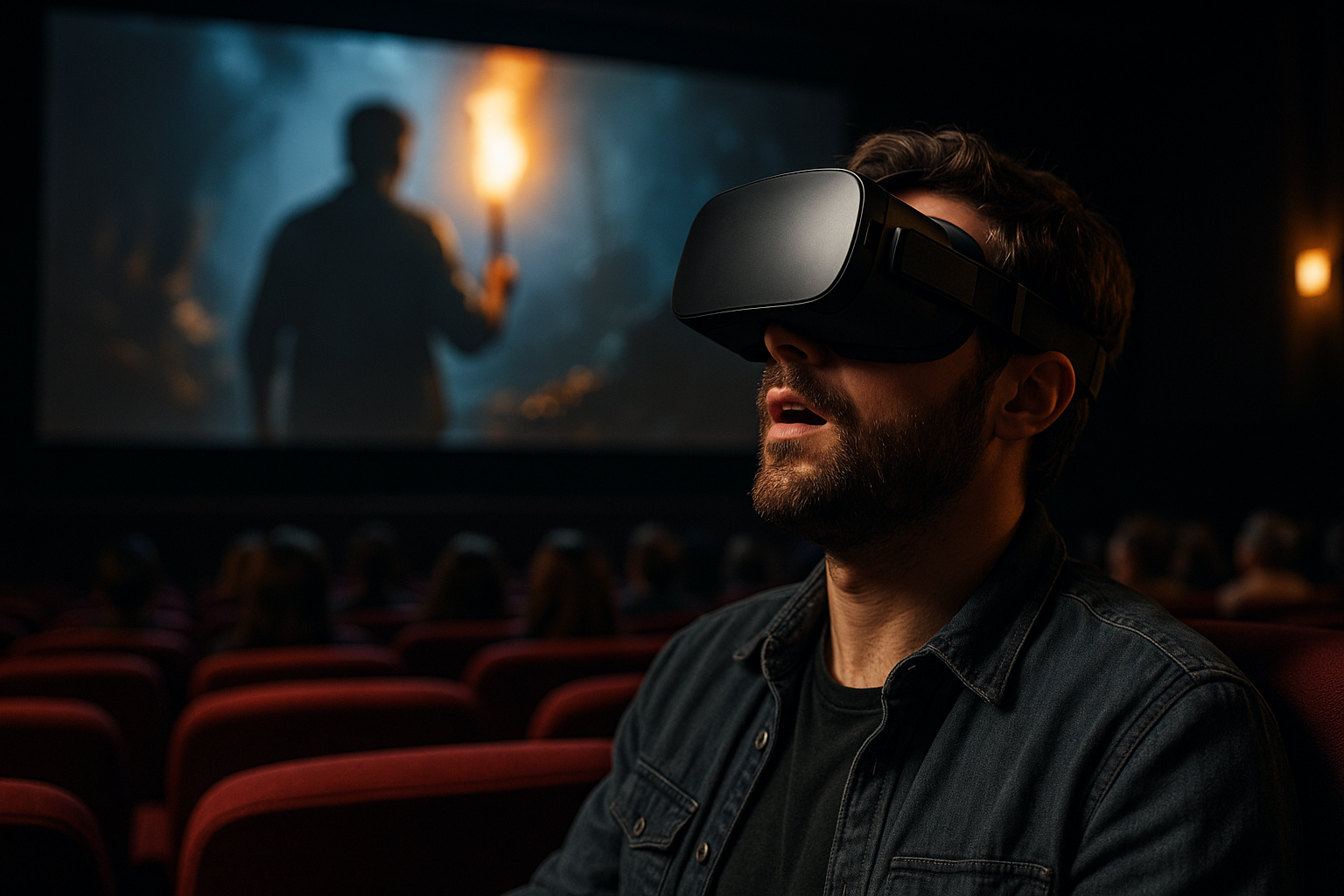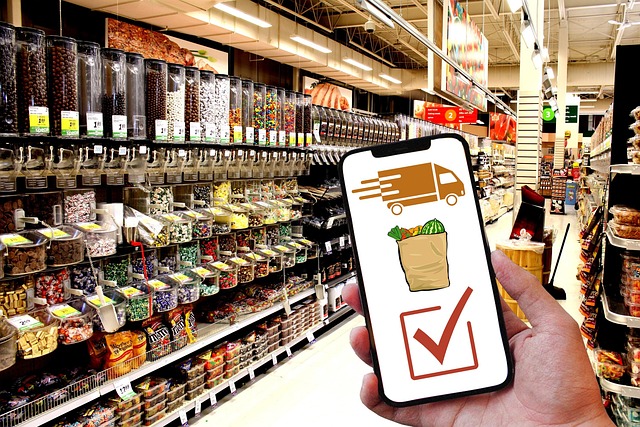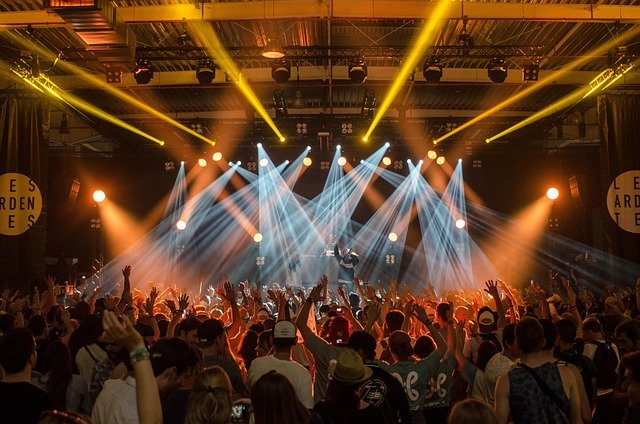Community partnerships that expand cultural programming reach
Community partnerships broaden the reach of cultural programming by connecting institutions, artists, and local organizations to shared resources and audiences. These collaborations support inclusive events, diversify programming, and leverage digital tools to extend accessibility and engagement across venues and neighborhoods.

Cultural organizations increasingly rely on partnerships to broaden the reach and impact of their programming. By working with local groups, schools, businesses, and media outlets, museums, theaters, and music presenters can co-design events that reflect community needs and grow new audiences. Partnerships enable shared use of venues, pooled marketing resources, and coordinated scheduling that reduce barriers for participation while preserving artistic integrity and curation standards.
How can culture and creativity shape partnerships?
Culture and creativity are the foundation of sustainable collaborations. When organizations align around shared cultural values—whether highlighting local histories, marginalized voices, or experimental practice—they create programming that resonates with distinct communities. Creative collaborations can include joint commissions, artist residencies hosted across multiple sites, or co-curated exhibitions that rotate between partner venues. Such arrangements distribute costs and responsibilities, encourage diverse perspectives in curation, and help smaller partners benefit from the visibility and logistical capacity of larger institutions.
How can theater, music, and exhibitions reach new audiences?
Theater, music, and exhibitions benefit from cross-sector partnerships with schools, community centers, and social services. Co-hosted events in nontraditional venues—libraries, parks, or transit hubs—lower access barriers and attract people who may not attend conventional cultural venues. Touring mini-performances, outreach workshops, and pop-up exhibitions can be programmed in collaboration with local organizations to match specific audience interests and schedules. Partnerships also enable audience development strategies that are culturally responsive, such as multilingual programming, family-focused activities, or sensory-friendly performances.
How does curation and immersion enhance the experience?
Curation that prioritizes immersion and contextual storytelling helps audiences form deeper connections with presented work. Partners can collaborate on immersive elements—site-specific installations, participatory workshops, or multimedia enhancements—that amplify the visitor experience. Co-curation invites community members into program design, ensuring that exhibitions and events reflect lived experience rather than outside assumptions. Immersive collaborations often pair creative technology with local narratives to create layered experiences that encourage repeat attendance and word-of-mouth engagement.
How can venues, multimedia, and digital tools extend programming?
Venues and multimedia platforms play a key role in expanding reach. Partnerships that integrate livestream capabilities, digital archives, and interactive web content make events accessible beyond physical attendance. Libraries and community media centers can help host livestream hubs or digital literacy sessions so more people can access online presentations. Cross-promotional agreements with local broadcasters or social channels increase discoverability, while shared analytics help partners understand which formats—short clips, full-length streams, or virtual exhibitions—drive engagement and repeat visits.
How do collaboration, sustainability, accessibility, and analytics support engagement?
Sustained collaboration includes planning for financial, environmental, and social sustainability. Partners can share resources—equipment, staff expertise, transportation—to reduce costs and carbon footprint while expanding programming frequency. Accessibility measures developed jointly, such as captioning for livestreams, wheelchair access at pop-up sites, and flexible ticketing, make events more inclusive. Using basic analytics across partners—attendance figures, engagement metrics, and demographic data—supports evidence-based programming choices without compromising privacy. These practices promote long-term audience retention and more equitable cultural participation.
Conclusion
Community partnerships increase the practical reach of cultural programming by combining creative vision with shared logistics and local knowledge. Thoughtful collaboration across theaters, music presenters, museums, schools, and media outlets supports immersive experiences, accessible events, and digitally enabled engagement that serve diverse audiences. Over time, partnerships that prioritize inclusive curation, sustainable operations, and data-informed decisions foster resilient cultural ecosystems where programming benefits both artists and communities.





